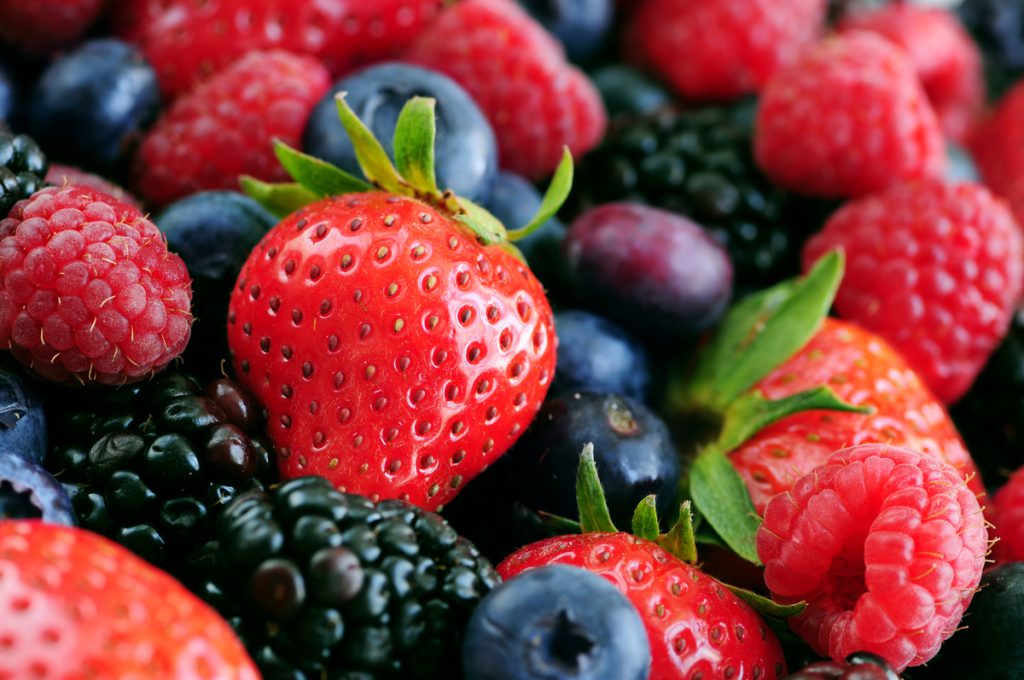
This edition contains the following articles:
- News from the 42nd National Nutrient Databank Conference
- New data file available – NCC Food Serving Counts for foods in the NCC database
- Kombucha added to NDSR 2022
- “Unknown” Options in NDSR
- August NDSR Training
News from the 42nd National Nutrient Databank Conference (NNDC)
NCC was pleased to be a part of the 42nd NNDC held virtually on May 16-18. We learned a lot about the food and nutrient database work being done nationally and internationally and the needs of the attendees. Our future database work will be strengthened by the insights we gained from this important conference.
We were pleased to share some of our work through oral and poster presentations. Click on the links below to view the abstracts for each of the topics NCC presented on.
- Adapting a US Dietary Analysis Software and Database for Use in Brazil
- Nutrient Composition Variability of Plant-Based Ground Beef Alternative Products Available in the US Marketplace in 2019
- An Approach to Enhancing a Food and Nutrient Database to Include Foods Unique to Jamaican, Haitian, Nigerian, and Somali Cooking Traditions in the US
- Feasibility of Using the USDA Global Branded Food Products Database to Update a Food and Nutrient Database
The 43rd National Nutrient Databank Conferencewill be held in Ottawa, the capital city of Canada, in 2024 with dates still to be determined.
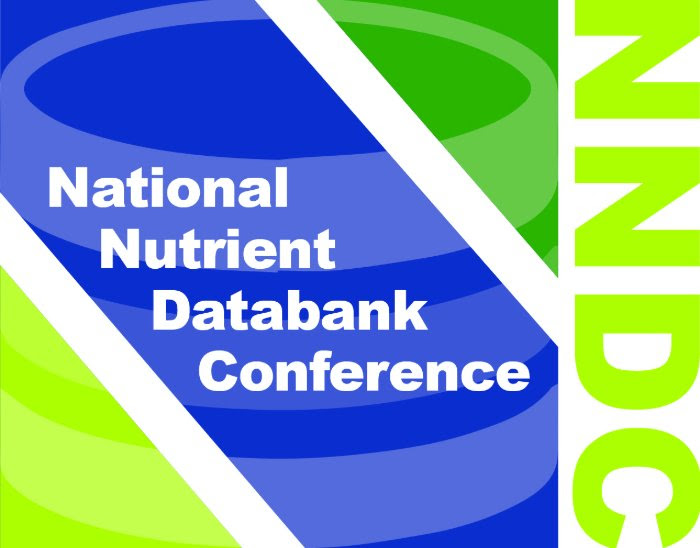
New data files available for licensing – NCC Food Serving Counts and Grain Equivalents for foods in the NCC database
The Nutrition Coordinating Center works every day to maintain and update the comprehensive research-quality NCC Food and Nutrient Database. In addition to supporting NDSR, this database may be licensed by software developers and researcher for a variety of purposes. In addition to licensing data files that provide nutrient content values for foods in the NCC database, NCC now has available files that provide food serving counts for foods in the database. One of the files provides the NCC Food Serving Counts, which are food serving counts for 174 food groups that nest within 9 major food categories (e.g. fruits, vegetables, dairy, etc.). Another file is available that provides total grain, whole grain, and refined grain servings in ounce equivalents for all foods in the database. Licensing these files alone or in combination with the nutrient data creates the opportunity to develop nutrition support and dietary assessment apps oriented toward food-based dietary recommendations and indices such as the Healthy Eating Index or Mediterranean Diet Quality Index. If you are interested in learning more about this file or would like to license it, contact us here.
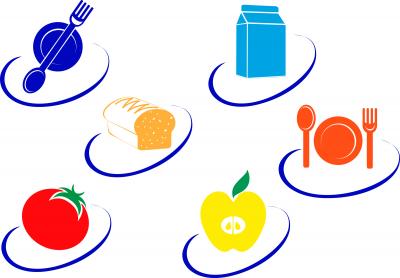
Kombucha Added to NDSR 2022
Many of you will be glad to know that kombucha has been added to NDSR 2022! This has been an increasingly common new food request from our clients in recent years. Kombucha is a fermented beverage typically made with black tea, sugar, bacteria, and yeast. It can be homemade or purchased at a store. There is some variation in the ingredients used in preparing kombucha. For example, black tea only or a combination of black and green tea may be used. The source of sugar used might be cane sugar, honey, or a fruit juice concentrate. Sometimes flavorings such as sage, mint, or ginger are added and some products are fortified with nutrients such as some B vitamins. Since we could not add a full spectrum of kombucha products to the database at this time, our database scientists added one kombucha based on a product that is most commonly requested. The formulation includes tea (a blend of black and green), water, and sugar as ingredients and is not fortified.
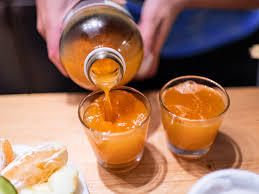
“Unknown” Options in NDSR?
In the NCC Food and Nutrient Database there are foods defined as ‘unknown’ (e.g., ‘milk, unknown % fat’). These foods may be selected during a 24-hour dietary recall when a study participant does not know the level of detail required for a food he/she reports consuming. Also, ‘unknown’ options can be helpful when entering a food record into NDSR that is missing needed food detail (e.g. study participant did not specify the type of milk they drank in their food record).
You may wonder how NCC assigns nutrient values to these foods when unknowns are selected. NCC uses the nutrient values for the form of the food that is believed to be most commonly consumed in the U.S. For example, the nutrient values for 2% milk are utilized for ‘milk, unknown % fat’. To decide what is most common, NCC relies on scientific and food industry publications that report dietary intake patterns and product sales. Professional judgment is also used where published data is lacking.
If you need to know what food an unknown food defaults to you can look in the output files. The Food File (output file 02) lists the food as it was selected (e.g., milk, unknown % fat). The Component/Ingredient File (output file 01) lists the default food that is associated with the unknown food (e.g., milk, 2% fat). To quickly identify unknown foods in your dataset use the column in file 02 labeled ‘Unknown (default) Food’. If a food is an unknown there will be a ‘1’ in this column.
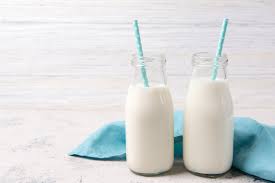
August NDSR Training
The next available NDSR Training Workshop is scheduled for August 15-16, 2022. Register here by July 28 if you are interested in this Zoom training. If the limited seats in the training are filled, registration will close early.

